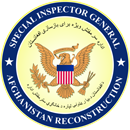SIGAR’s 2021 High-Risk List was created to alert Members of the 117th Congress, as well as the Secretaries of State and Defense, to major areas of the reconstruction effort in Afghanistan at risk of waste, fraud, abuse, mismanagement, or mission failure. Since 2014, SIGAR has developed a high-risk list for each new Congress. This fourth report is issued at a time when peace negotiations between the Afghan government and the Taliban are stalled amid continuing high levels of violence, putting the $143 billion reconstruction effort at greater risk than ever before.
The High-Risk List focuses on program areas and elements of the reconstruction effort that are: (1) essential to success; (2) at risk of significant and large-scale failure due to waste, fraud, or abuse; and (3) subject to the control or influence of the U.S. government. Using these criteria, SIGAR has identified eight high-risk areas:
- Increasing Insecurity
- Uncertain Funding for a Post-Peace Settlement
- The Need to Reintegrate Ex-Combatants
- Endemic Corruption
- Lagging Economic Growth and Social Development
- Illicit Narcotics Trade
- Threats to Women’s Rights
- Inadequate Oversight
The situation in Afghanistan is fluid, but recent developments make clear that reconstruction gains in a number of areas are even more threatened now than they were in 2019, when SIGAR last reported on risks to a new session of Congress. Among other concerns, the level of violence has increased, including not only attacks against Afghan security forces, but also bomb attacks on civilians and targeted assassinations of mid-level officials, prominent women, and journalists; increasing production and trade in illegal drugs; and severe impacts from the COVID-19 pandemic. The risks in these areas also pose serious threats to lasting peace.
Increasing Insecurity
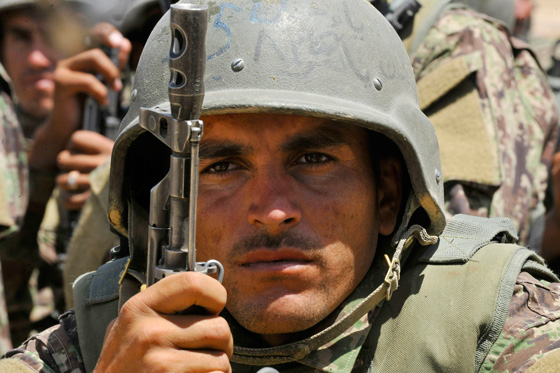
The United States has sought over the past 19 years to build up the Afghan National Defense and Security Forces (ANDSF) to protect the Afghan population and expel terrorist groups from the country. Without a fully capable, professional, and sustainable ANDSF to provide security, other large-scale reconstruction investments such as governance and economic and social-development programs are at risk. Security remains the most crucial and enduring high-risk area for Afghanistan because the Taliban has not significantly changed its tactics, high levels of violence, or political objectives, and terrorist groups in Afghanistan like Islamic State-Khorasan (IS-K) and al-Qaeda, although reduced, remain in the country.
The United States has made a very large investment in Afghanistan’s security. As of December 31, 2020, the United States has appropriated roughly $88.3 billion to build, equip, train, and sustain the ANDSF, 62% of the $143.3 billion appropriated for Afghanistan reconstruction since Fiscal Year (FY) 2002. Yet, security-related threats to the reconstruction effort have increased since SIGAR published its 2019 High Risk List mainly because of rising Taliban violence and ANDSF capability gaps.
Despite early hopes surrounding the Taliban’s commitments in the February 29, 2020, U.S.-Taliban agreement and the initiation of Afghan peace talks in September 2020, U.S. Forces-Afghanistan (USFOR-A) reported high levels of enemy-initiated violence during most of 2020. Afghanistan will likely continue to be threatened by multiple violent-extremist organizations. Any political agreement risks subordinate groups going rogue, possibly manifesting as another insurgency or insecurity from criminal gangs or networks. These issues could become even more pronounced if U.S. forces are no longer in-country to provide counterterrorism support and to train, advise, and assist Afghanistan’s security institutions.
Questions for Policy Makers
Uncertain Funding for a Post-Peace Settlement
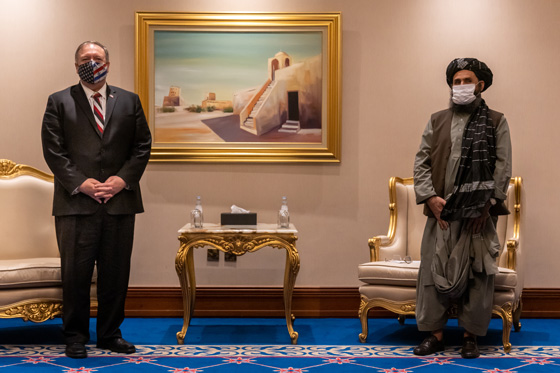
Afghanistan remains exceptionally reliant upon foreign assistance, creating both an opportunity for donors to influence events there as foreign troops depart, and risks to a potential peace if they reduce assistance too much, too fast, or insist on conditions that cannot be achieved by the parties to the conflict. U.S. reconstruction programs aimed at promoting economic development, rule of law, respect for human rights, good governance, and security for the Afghan people may become the primary lever of U.S. influence in the country for stability and a negotiated peace.
Future funding for Afghanistan faces two principal risks: (1) whether expanding the conditions donors set for funding will be sufficient incentive to facilitate and maintain an acceptable peace agreement; and (2) whether the level of foreign assistance during this uncertain period is sufficient to prevent state collapse.
According to a recent Overseas Development Institute report, in 2018 Afghanistan received at least $8.6 billion in foreign aid, representing almost 80% of the nation’s $11 billion in public expenditures. At the 2020 Afghanistan Conference held virtually in Geneva, participants from 66 countries and 32 international organizations pledged at least $3.3 billion in development aid for one year, with annual commitments expected to stay at the same level until 2024, the United Nations said. Assuming these pledges are fulfilled, this represents a 15% decrease compared to the amount of aid pledged at the 2016 Brussels Conference. The United States, for its 2021 pledge, made half of its potential $600 million in development assistance for the year contingent upon progress in the peace process.
As the United States provides more reconstruction funds on-budget to the Afghan government, it will be vital that Afghan ministries have strong accountability measures and internal controls in place because external visibility into the use of funds is likely to shrink.
Questions for Policy Makers
The Need for Reintegration
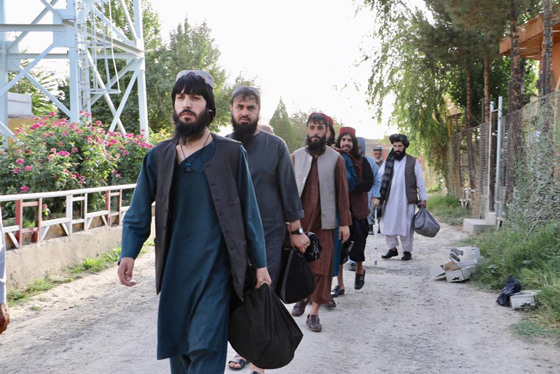
The top priority for the U.S. mission in Afghanistan is a successful peace process to create the stability “that is essential to ensure this country is never again a base for terrorist threats against the United States, its allies, or its interests.” A critical step toward realizing that priority is developing a process to reintegrate ex-combatants from both sides into normal political, social, and economic life once a peace settlement permits reducing the numbers of fighters.
The Taliban have an estimated 55,000–85,000 fighters, according to the United Nations. Depending on the terms of a peace agreement, some Taliban fighters will be integrated into the Afghan National Defense and Security Forces; others will need to transition to productive noncombatant status in civil society. The same holds true for an unknown number of Afghan state-aligned formal and informal security forces.
Reintegration efforts aim to return former fighters to civilian activities, and more broadly, to contribute to peace-building, conflict prevention, and reestablishing the state’s legitimate monopoly over the use of force. The nature and extent of the challenges Afghanistan faces will depend largely on the peace process itself, its level of inclusivity, trust among the parties, the degree to which reintegration issues are decided in an agreement or deferred, and numerous other elements.
- a weak economy that currently offers few sustainable livelihood options
- ongoing insecurity
- political uncertainty
- poor social cohesion within a population traumatized by decades of war
- weak governance and rule of law
Together, these contextual and programmatic issues will test the ability of Afghan stakeholders and donors to successfully design and implement reintegration efforts. If reintegration requires long-term assistance, donor fatigue is a very real concern.
Questions for Policy Makers
Endemic Corruption
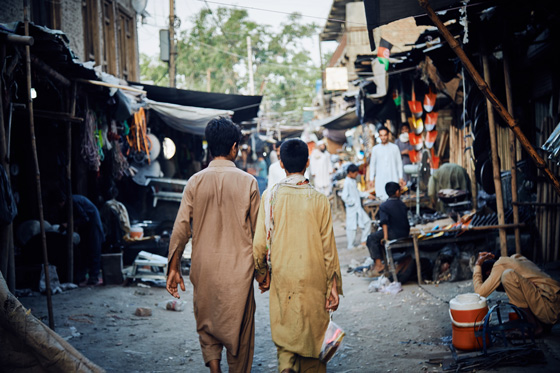
Corruption threatens all U.S. and international efforts in Afghanistan. Corruption particularly threatens developing a functional Afghan government and effective security forces to address the insurgency. Corruption not only erodes Afghans’ trust in their government, but also compromises the intended outcomes of development interventions, and undermines security by fueling insurgent and corrupt power structures. The U.S. mission in Afghanistan was undermined by corruption from the very beginning. SIGAR remains concerned that the failure to effectively address the problem means U.S. reconstruction programs, at best, will be subverted by systemic corruption and, at worst, will fail.
Donors continue to demand concrete anticorruption actions from the Afghan government. At the November 2020 Afghanistan Conference, participants from 66 countries and 32 international organizations adopted the Afghanistan Partnership Framework, calling for the Afghan government to carry out a “meaningful, demonstrable fight against corruption” as a condition for continued international support.
Questions for Policy Makers
Lagging Economic Growth and Social Development
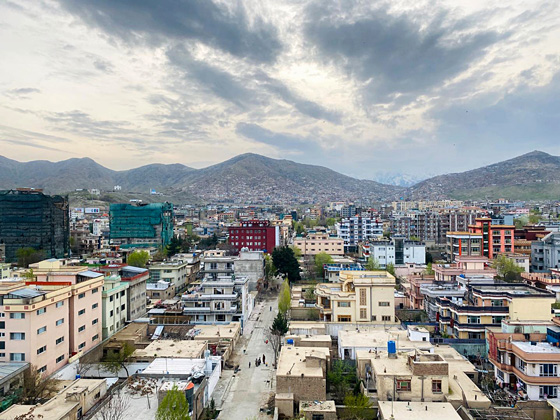
No U.S. efforts to promote a stable and peaceful Afghanistan can be sustained without accelerating private sector-driven growth in the licit Afghan economy and making social gains in health, education, and women’s empowerment, according to the U.S. government’s current Integrated Country Strategy for Afghanistan. Since 2002, the U.S. government has made substantial investments to boost economic growth, governance, and social development across the country, with appropriations totaling $35.95 billion.
Despite this support, Afghanistan continues to be plagued by sluggish economic growth with stagnating indicators in the health and education sectors. Persistent corruption, an over-reliance on international aid, worsening security conditions, and limited government capacity inhibit sustainable progress in Afghanistan’s economic and social development.
During 2020, the emergence of the COVID-19 pandemic and the uncertainty of the Afghan peace talks compounded many of these perennial economic and social challenges. COVID-19 has overwhelmed Afghanistan’s limited healthcare system and severely constricted economic activity, resulting in increased poverty and unemployment. As COVID-19 continues to ravage Afghanistan, the pandemic is undoing the modest progress made in economic and social development in recent years and further threatens the country’s political stability.
Besides the pandemic, the uncertainty surrounding the ongoing peace process, increasing violence, future levels of donor assistance, and reintegration of former combatants and Afghan returnees into a struggling economy with high unemployment, has undermined investor confidence in the Afghan economy and potentially jeopardizes economic recovery from the effects of COVID-19.
Questions for Policy Makers
Illicit Narcotics Trade
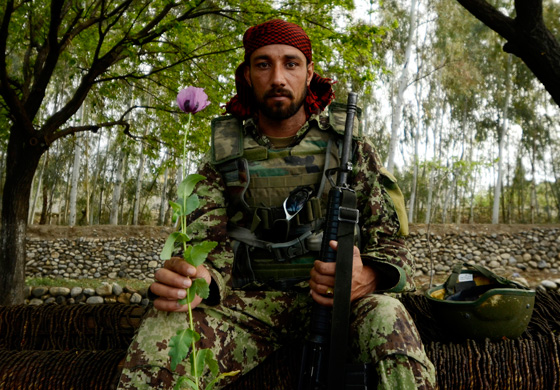
Since 2002, the United States has appropriated over $9 billion to help stem the expansion of Afghanistan’s opium economy, yet more than 18 years later, Afghanistan continues to dominate global opium cultivation and production. Various U.S. government agencies have sought to address Afghanistan’s narcotics trade through interdiction and counterdrug law enforcement; opium-poppy eradication; alternative development programs aimed at creating licit livelihood opportunities; and the mobilization of Afghan political and institutional support, to little effect.
According to the United Nations Office on Drugs and Crime’s (UNODC) 2020 World Drug Report an estimated 163,000 hectares (ha; one ha is about 2.5 acres) of opium poppy were cultivated in Afghanistan during 2019—nearly three times the pre-2002 average (1994–2001). UNODC reported that the gross income from opiates exceeded the value of the country’s officially recorded licit exports in 2019.
The deleterious effects of the illicit narcotics trade in Afghanistan extend beyond health impacts. It also helps fund insurgents, foster corruption, and provoke criminal violence. The Taliban insurgency is linked to opium-poppy cultivation. All told, insurgent-dominated districts accounted for 47% of opium-poppy cultivation in 2018 compared to 25% for government-dominated districts.
Even in the midst of the COVID-19 pandemic and its serious effects on global economies, Afghanistan’s opium economy has remained resilient. UNODC reported that Afghanistan’s 2020 opium-poppy harvest was largely uninterrupted by COVID-19.
Questions for Policy Makers
Threats to Women’s Rights
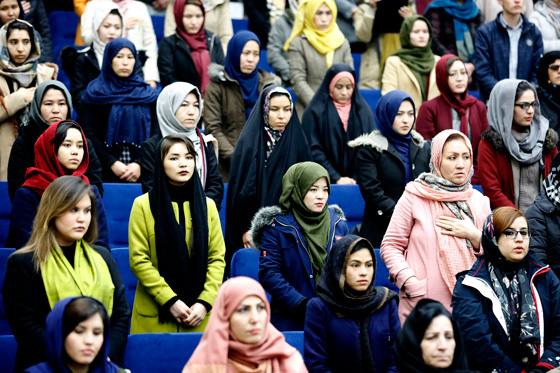
Improving the lives of women and girls and advancing women’s equality in Afghanistan have been key goals of the United States. DOD, State, and USAID have disbursed at least $787.4 million from 2002 to 2020 on programs that specifically and primarily supported Afghan women and girls. The total U.S. investment in women and girls is even higher since hundreds of additional U.S. projects and programs have included an unquantifiable gender component.
Afghan women and girls have made substantial gains over the past nearly two decades. They have greater access to life-saving health care, as many as 3.5 million girls (out of roughly nine million students) are enrolled in school, and Afghanistan’s legal framework—at least on paper—offers women many protections, including equal rights for women and men.
Despite these improvements, Afghanistan remains one of the most challenging places in the world to be a woman—with high maternal-mortality ratios, endemic gender-based violence, still-limited access to education and health care, and pervasive harassment of women who work outside the home, especially in nontraditional roles.
Ongoing peace negotiations between the Afghan government and the Taliban raise questions and concerns about whether the fragile gains made by women and girls will be preserved in a future peace agreement. Another long-term danger for Afghan women is that Afghan peace negotiations break down, plunging the country into worse violence. Physical insecurity remains one of the biggest challenges facing women, both directly and indirectly. Women and girls suffer not only loss of life, injury, disability, and mental trauma, but also the loss of male breadwinners, increasingly desperate poverty, the social stigma and discrimination that accompany widowhood and permanent disability, and reduced access to basic services.
Questions for Policy Makers
Inadequate Oversight
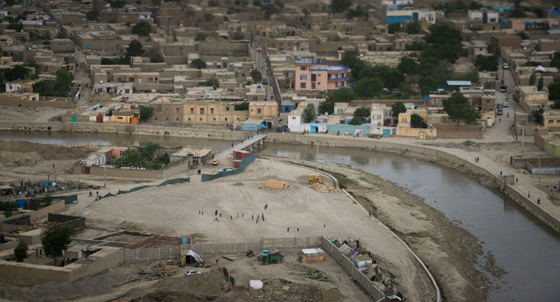
Afghanistan’s pervasive insecurity and corruption have severely inhibited U.S. reconstruction efforts, as well as efforts to oversee them. Most of the funds appropriated for Afghanistan reconstruction since 2002 could have been spent more wisely and cost-effectively—and achieved better and longer-lasting outcomes— with more oversight. SIGAR, in response to a Congressional request, identified nearly $19 billion (or 30% of the $63 billion cumulatively reviewed) lost to waste, fraud, and abuse from 2008 to December 31, 2019. Additionally, since 2008, SIGAR has identified $3.82 billion in savings for the U.S. taxpayer.
Effective oversight has been weakened by poor documentation, failure to monitor contract compliance and work quality, inattention to holding contractors and grantees accountable for unsatisfactory performance, insufficient control measures to mitigate the effects of corruption, and other issues. Ongoing problems with contract compliance, documentation and accountability, and institutional memory loss caused by frequent personnel rotations have been made even more challenging by the withdrawal of substantial numbers of U.S. military and civilian personnel, COVID-19 restrictions, and the uncertainty surrounding an Afghan peace agreement. These problems are compounded by deteriorating security that has made it impossible for U.S. personnel to access many reconstruction project sites and programs in Afghanistan.
Since FY 2002 Congress has appropriated $143.27 billion for Afghanistan reconstruction, of which approximately $8.23 billion remains to be spent. Yet Afghanistan is still nowhere near being able to fund its current government with domestic revenues and will require substantial donor assistance in the future. Further appropriations are expected in the coming years, so vigilant oversight and Afghan reform initiatives will be important means of protecting American taxpayers’ money as more of it passes into budgetary control by Afghan ministries.
